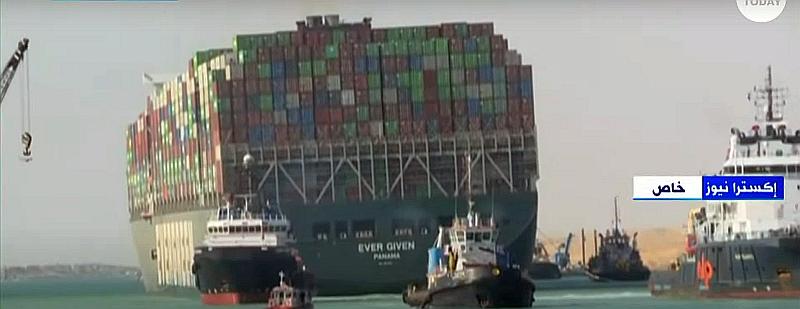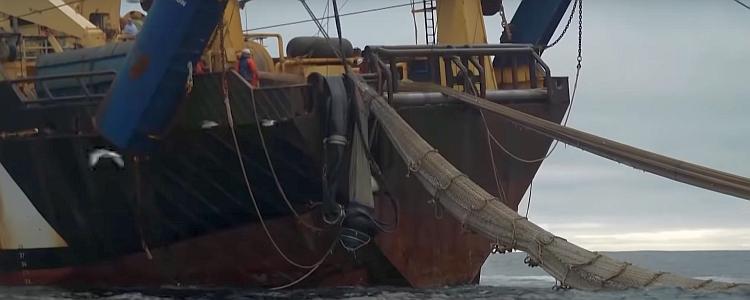 The Dutch-owned Margiris supertrawler, the second largest fishing vessel in the world, dumped more than 100,000 dead blue whiting in the Bay of Biscay off France’s Atlantic coast near La Rochelle, last Thursday.
The Dutch-owned Margiris supertrawler, the second largest fishing vessel in the world, dumped more than 100,000 dead blue whiting in the Bay of Biscay off France’s Atlantic coast near La Rochelle, last Thursday.
The Pelagic Freeze-Trawler Association (PFA) — which represents the vessel’s owner — released a statement on Friday saying that around 5.50am on 3 February 2022, an amount of blue whiting was involuntarily released into the sea from the Margiris vessel, due to a rupture in the cod-end part of its net. Such an accident is a rare occurrence and in this case was caused by the unexpectedly large size of the fish caught. In line with EU law, the incident and the quantities lost have been recorded in the vessel’s log book and reported to the authorities of the vessel’s flag state, Lithuania.

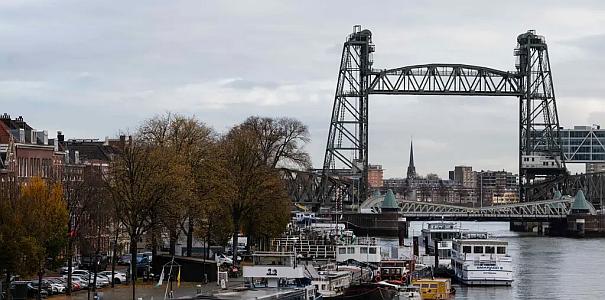 Last Wednesday, it was widely reported that Rotterdam would dismantle the center span of a historic railroad bridge to allow the 417-foot-long, three-masted sailing yacht built for billionaire Jeff Bezos to access the sea. The fully rigged superyacht apparently has too great an air-draft to safely fit beneath the Koningshaven Bridge, which has a clearance of 131 feet over the Nieuwe Maas River.
Last Wednesday, it was widely reported that Rotterdam would dismantle the center span of a historic railroad bridge to allow the 417-foot-long, three-masted sailing yacht built for billionaire Jeff Bezos to access the sea. The fully rigged superyacht apparently has too great an air-draft to safely fit beneath the Koningshaven Bridge, which has a clearance of 131 feet over the Nieuwe Maas River. 
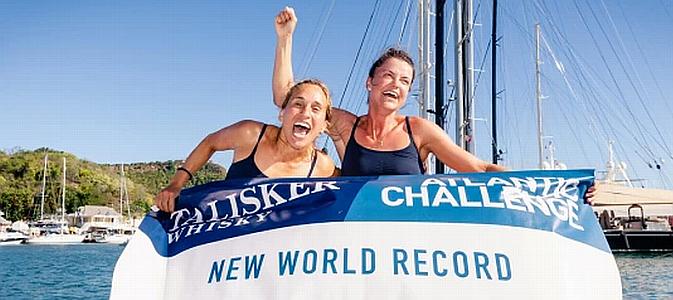
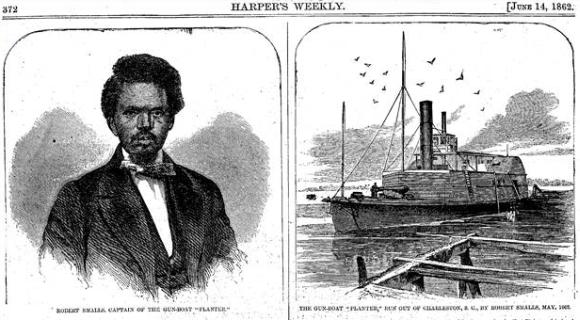 Here is a story well worth retelling; an updated repost in honor of Black History Month; the remarkable story of Robert Smalls.
Here is a story well worth retelling; an updated repost in honor of Black History Month; the remarkable story of Robert Smalls.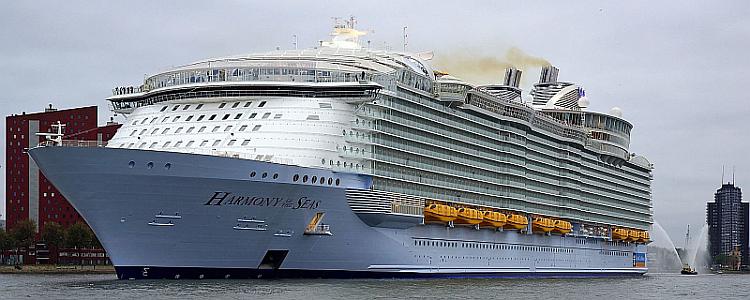 On Sunday, 30 seconds before the
On Sunday, 30 seconds before the 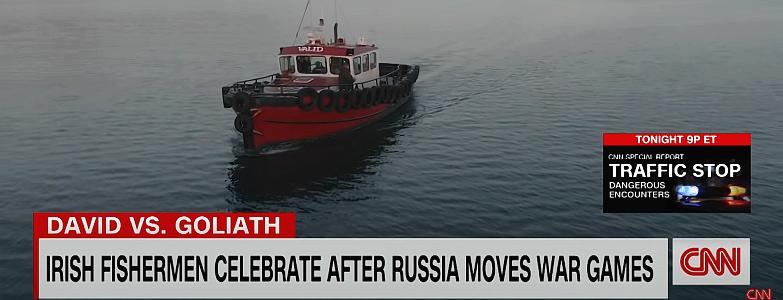 Russia planned on holding naval exercises off the coast of Ireland. Fishermen from County Cork on Ireland’s southern coast saw the exercises as a threat to their livelihood and threatened to continue fishing as usual, despite the threatened use of naval artillery and rockets in the area. They stated, “
Russia planned on holding naval exercises off the coast of Ireland. Fishermen from County Cork on Ireland’s southern coast saw the exercises as a threat to their livelihood and threatened to continue fishing as usual, despite the threatened use of naval artillery and rockets in the area. They stated, “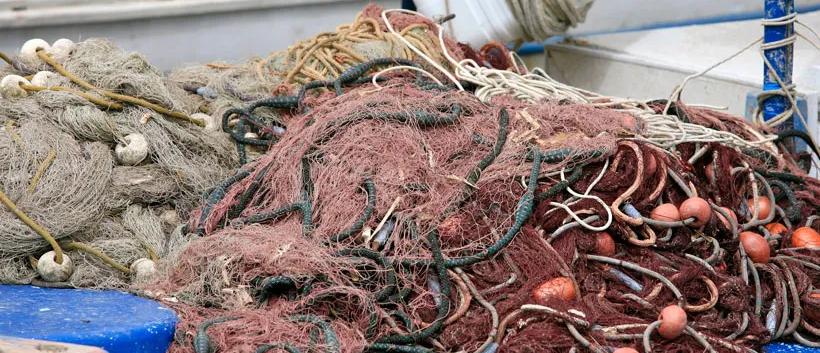
 Iceberg A68a, once the world’s largest iceberg, is now gone, broken up into chunks too small to track. While the iceberg is recent history, scientists are still studying its impact.
Iceberg A68a, once the world’s largest iceberg, is now gone, broken up into chunks too small to track. While the iceberg is recent history, scientists are still studying its impact.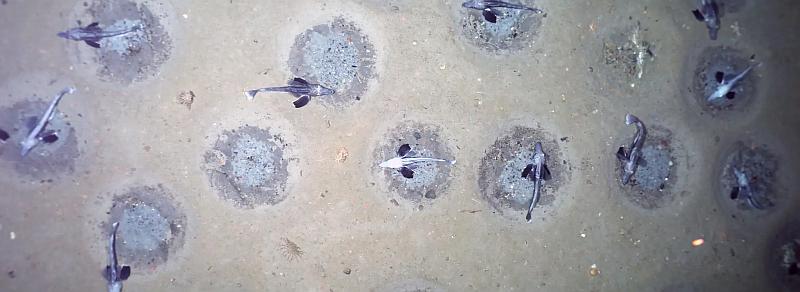 In February 2021, researchers on the German research vessel
In February 2021, researchers on the German research vessel 
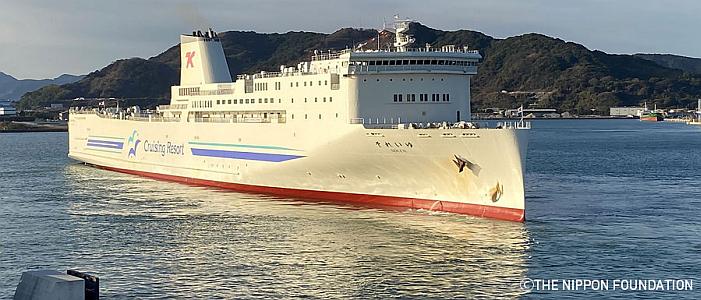 The
The 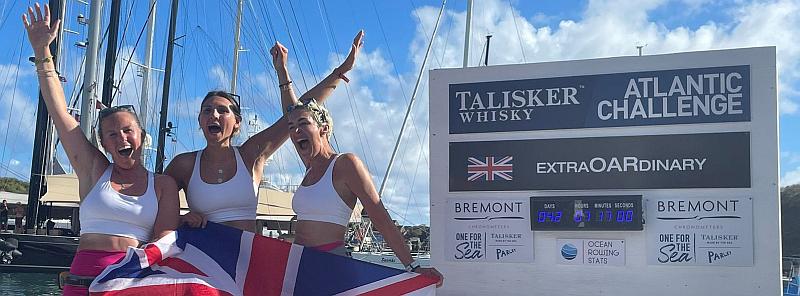
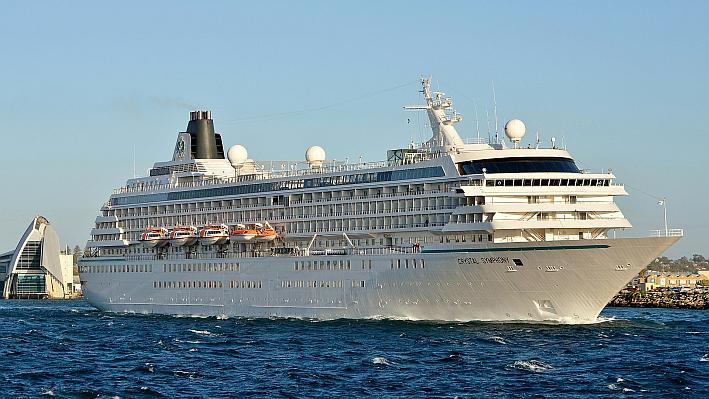
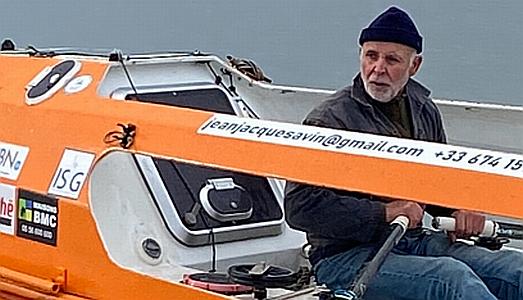
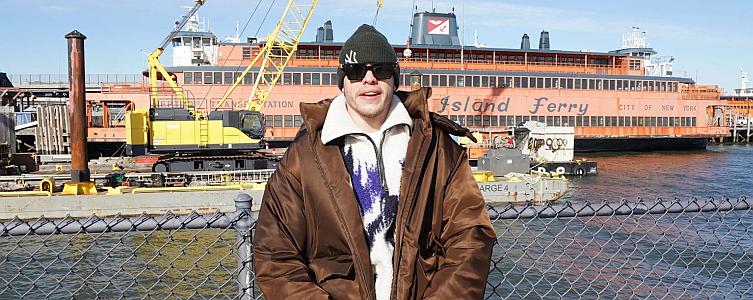

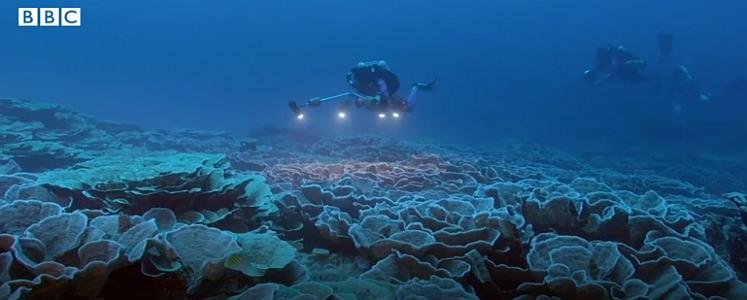
 The
The 